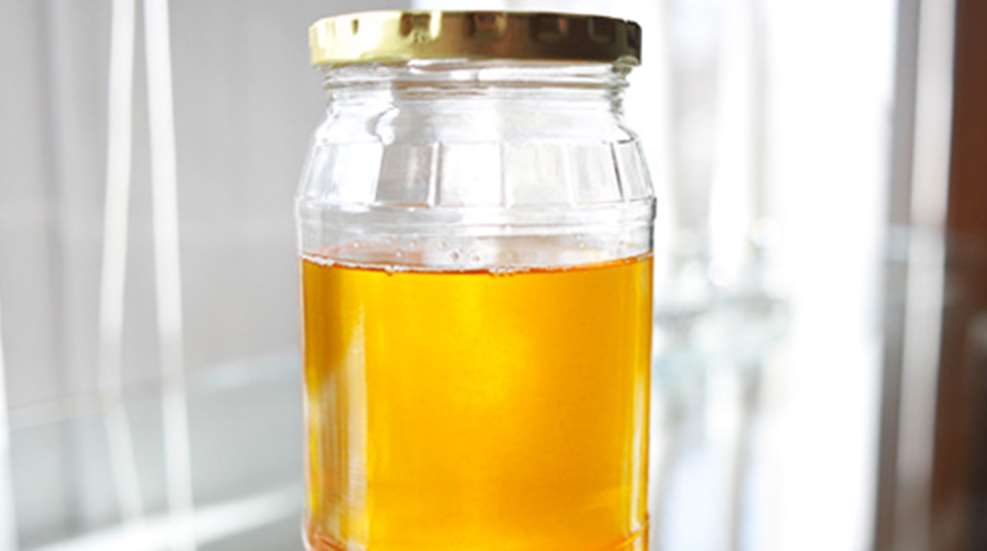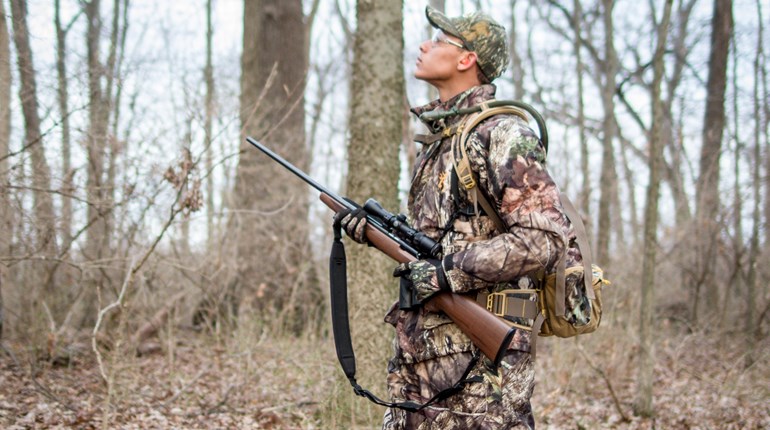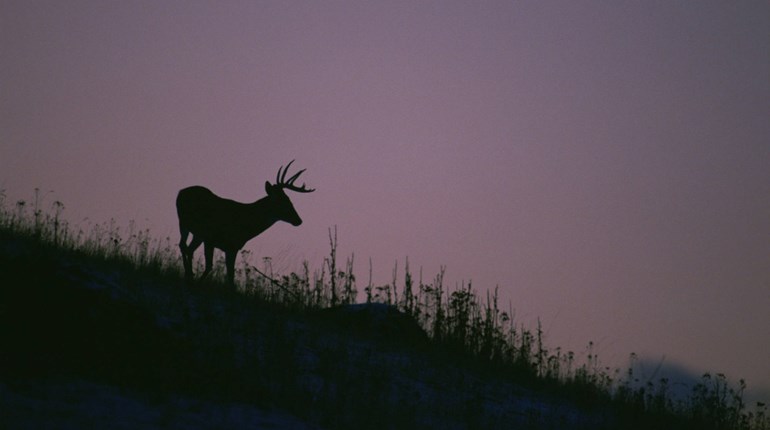
Game animals, like game birds, are much leaner than their domestic counterparts. They exercise their muscles every day, which means the animals are smaller, the meat is denser with tougher connective tissue, the flavor is richer and each bite is more filling. Wild boar, for example, has less fat and a stronger flavor, depending on how it was killed and what it was eating. When thinking about making a favorite recipe, a large wild hog will be most equivalent to a heritage breed pig, not a factory farmed pig. Venison is most similar to grass-fed beef, not feedlot beef, though the meat will still be much leaner. Cottontail rabbits are half the size of the domestic ones you can buy.
A meat's distinctive flavors reside in the fat, and with wild animals, it is all dependent on what they have been eating and the environment that they came from. Ducks that have had a strong diet of fish do not produce good tasting skin, whereas hogs that have been feasting on a forest of acorns will be slightly sweet and nutty. The best way to find out about an animal's fat qualities is to render a piece of its fat slowly in a pan and then taste it. If the flavor is off, simply trim off the fat and the meat will still be good; the fat is what carries the flavor. Smell it, taste it and treat each animal as a grand culinary adventure unlike any you have had before.
Home rendered fat from an animal with a good diet is far better tasting than butter or olive oil, and despite all the debate in years past, it is now widely considered much better for you. In wild animals, the fat is less saturated than with domestic animals because their diet is varied. You can tell by how quickly it becomes liquid at slightly warm temperatures. It is also full of vitamins A and E and in some cases omega-3 fatty acids.
Although there is rarely a lot of fat on a wild animal, those that have had a good diet will have some, and what you find should be preserved. Rendered hog fat makes the best pie crusts, and duck fat is a nice alternative to butter.
When wild animals aren't an option, a local butcher who orders only heritage breed, free-roaming animals is another resource for fat. Lard, a baker's best friend, can be harvested from any part of the pig as long as there is a high concentration of fatty tissue there.
There is leaf lard, for example, which is taken from the fat around the kidneys and inside the loin. It makes the most perfect flaky pie crust, and for that it is considered the highest grade of lard.
Then there is next highest grade called fatback, the hard fat between the back skin and muscle of the pig. You can use that for cooking, the way you would butter or olive oil. And then there is the soft caul fat surrounding the digestive organs, perfect as a wrapping for lean meats or in pâtés.
Whichever type you choose, once it is all rendered you can freeze it for up to a year, which means you will have an endless supply of cooking fats that you produced with your own two hands. Seven ounces of rendered duck fat, necessary for a good duck confit, sells for about $12. It is true liquid gold; butter and olive oil pale in comparison.
And in the end, always save the brown cracklins that are left over from the skin after you render. They make the most delightful cracklin' bread.
How to Render Fat
• 1 pound of hog, duck, goose, pheasant or other fat, cut into 2-inch pieces
• Water
1. Place the fat in a skillet or pot.
2. Add water so that it is about halfway up the sides of the fat.
3. Put the burner on its lowest setting and let the liquid simmer for 60 to 90 minutes, turning the fat pieces every so often.
4. When it starts to look as though the simmer is dying down, watch the fat carefully. It should be a warm golden color, with smaller bubbles. As the water evaporates, those bubbles will come closer to a boil and the remaining liquid will turn a darker golden. Eventually, the boiling bubbles will suddenly become much smaller, just back to a bare simmer, which means all the water is gone.
5. Remove it from the heat immediately and pour the fat through a fine mesh strainer into a glass bowl. Adding an extra layer of cheesecloth or paper towel onto the strainer is even better. Let the fat cool to room temperature, transfer to a glass jar and place in the refrigerator for 1 month or the freezer for 1 year.
1 pound fat = 1 cup rendered fat




































